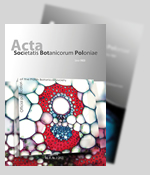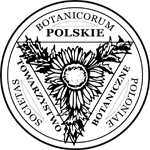Abstract
On the basis of the core-conductor theory and the method described by Hodgkin and Rushton (1946) for the axon, the space constant K and the time constant T have been determined for the stem of Lupinus. Electrotonic potentials were recorded in the extrapolar region in the vicinity of the cathode along the longitudinal axis of the stem. Extracellular recording electrodes were applied. It was found that the steady-state distribution of potential along the stem surface is of exponential character. The calculated space constant K has a value of 2.0 to 2.4 mm (average 2.1 mm) and is almost identical with the X values for nerves and muscles (mean 1.5-2.0 mm). The values of the time constants ("half-time") of electrotonic potentials increase linearly with the distance from the cathode. The time constant τ calculated on this basis is on the average 5.2 sec and as compared with τ for nerves and muscles is 103 times higher. The phenomena observed in the Lupinus stem fulfill the equations of the core-conductor theory (Appendix). Their character is identical to that of the phenomena noted in nerves or muscles. It is probable that they occur on the membrane of excitable cells of the stem. The results here presented are a, convincing argument indicating that in higher plants an excitable system may exist, subjected to the same laws as that in animal organisms.







